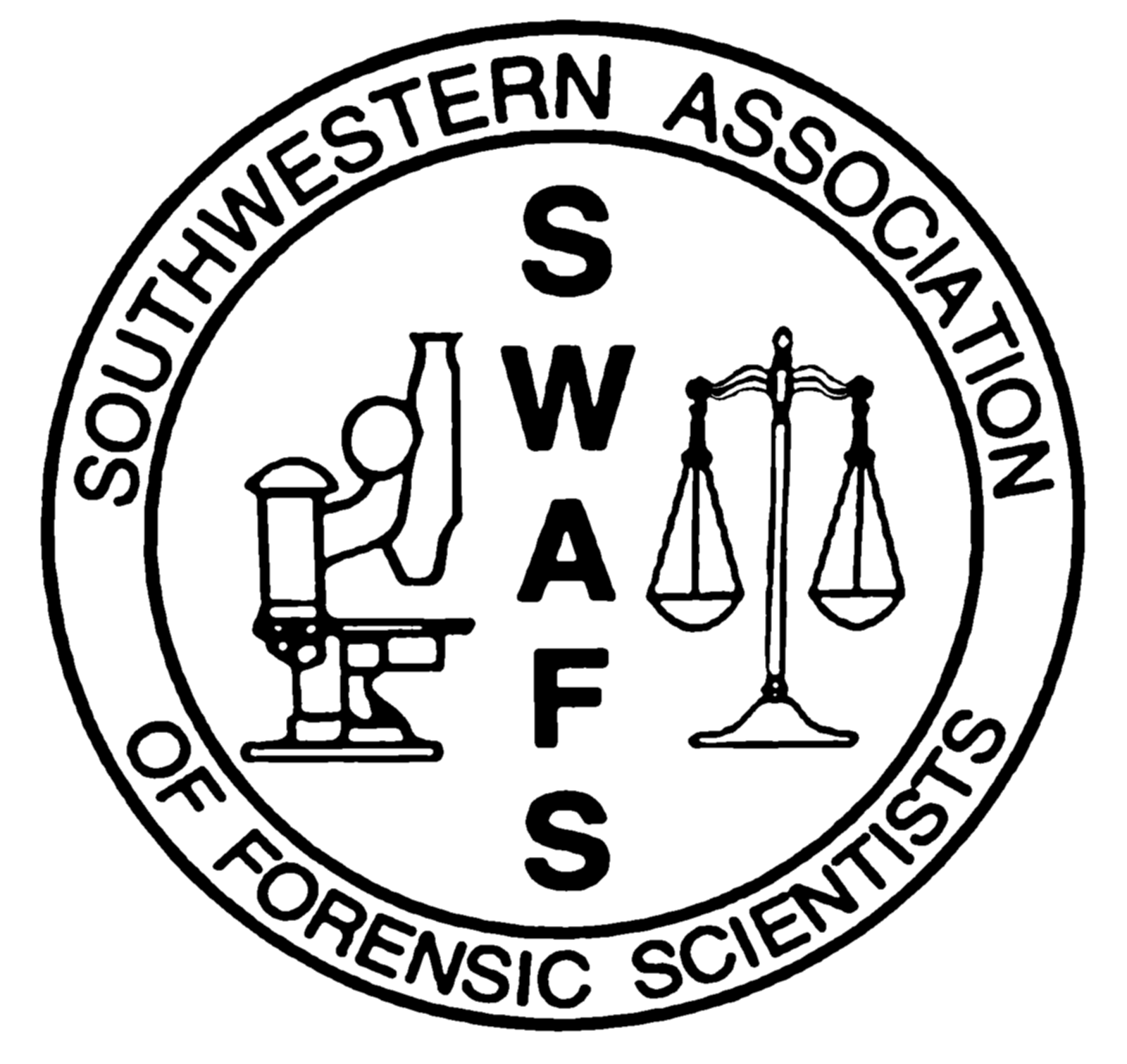5NMS Labs, in collaboration with the Center for Forensic Science Research and Education (CFSRE) at the Fredric Rieders Family Foundation and the Organized Crime Drug Enforcement Task Force (OCDETF) at the United States Department of Justice (DOJ), has received funding from the Centers for Disease Control and Prevention (CDC) to develop systems for the early identification and notification of Novel Psychoactive Substances (NPS) in the drug supply within the United States. The goal of the program is the early identification of NPS in seized drug and/or forensic toxicology casework samples using various analytical techniques. Information about these programs and an archive of newly reported substances can be found on the following website:www.npsdiscovery.org.
You have been identified as a stakeholder in the process of notifying US public health and public safety agencies, as well as other international entities, of the appearance of these novel substances to allow for appropriate public health policy development, preparedness, and responsiveness, and public safety actions through enforcement and interdiction.
Although the priority for this project is to identify emergent opioids, fentanyl derivatives, and novel opioid precursors; other drug classes, including benzodiazepines, stimulants (cathinones and amphetamine derivatives), hallucinogens, and cannabinoids, have also been identified. The purpose of this email is to announce the identification of a new NPS in seized drug casework in the United States:
5F-MPP-PICA
5F-MPP-PICA is classified as a synthetic cannabinoid. Synthetic cannabinoids have been reported to cause psychoactive effects similar to delta-9-tetrahyrocannabinol (THC). Synthetic cannabinoids have caused adverse events, including deaths, as described in the literature. 5F-MDMB-PICA and PX-1 (5F-APP-PICA) are structurally similar synthetic cannabinoids. On December 28, 2018, 5F-MDMB-PICA was temporarily placed as a Schedule I substance in the United States by the Drug Enforcement Administration.
Analytical data are contained in the attached document. Through this service, we are reporting novel compounds not previously reported in the NFLIS annual/semi-annual reports, or for which SWGDRUG has not yet issued a monograph. If reference standards are commercially available, their acquisition and analysis are indicated within the attached monograph. If no reference standard is available, identifications are made based on evaluation of data from testing by GC-MS, LC-HRMS (e.g. QTOF), and/or other analytical technique(s).
If you have questions about the substance(s) involved, please contact Alex Krotulski (alex.krotulski@frfoundation.org) or Barry Logan (barry.logan@frfoundation.org) at CFSRE.
For more information about the OCDETF program, please contact the program sponsor AUSA MJ Menendez (MJ.Menendez@usdoj.gov).
The opinions, findings, and conclusions or recommendations expressed in this publication, program, or exhibition are those of the author(s) and do not necessarily reflect those of the Department of Justice.
